INTRODUCTION
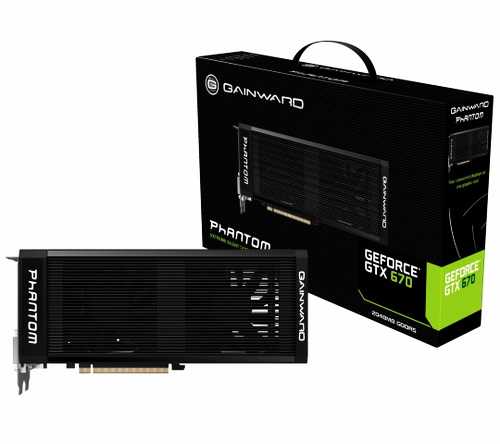
We may not see many important and up to date (at least in graphics) game titles lately (many are just console ports) but that doesn't keep the two leading graphics cards manufacturers (AMD/NVIDIA) from keeping the competition alive and kicking by introducing new models every now few months. Lately we've checked some of the brand new Radeon HD 7xxx series by AMD so it was time to jump into the opposite camp and see what the latest GeForce GTX 6xx cards are all about. Gainward is amongst the only exclusive NVIDIA partners and really needs no introductions since it's the company behind some of the best non-reference (custom) NVIDIA card designs (offering factory overclocking, low noise levels and improved cooling) including the Golden Sample and Phantom line. The first of their GTX 6xx line to reach our test bed is the latest Gainward GeForce GTX 670 Phantom 2GB model.
Gainward Co. Ltd was founded in Taipei back in 1984 with a single goal, to produce a variety of innovative PC video enhancement products. In 1989 Gainward starts production of new VGA technology and becomes a major developer for Tseng Labs ASIC in Taiwan. Their USA presence was officialized in 1991 and by 1992 Gainward was ranked Top 1000 Industrial companies in Taiwan. TNC Industrial Co. Ltd. merged with Gainward in 1997 and with that move they became one of the largest graphics cards suppliers, shipping more than 2 million boards during the year. In 2000 Gainward establishes their presence in Europe with a new branch in Germany while in 2001 they become an NVIDIA Certified Selection Solution Provider and NVIDIA Launch Partner. Gainward and Palit Microsystem Inc. merge together in 2005 to ensure a higher level of accessibility and the highest possible product quality. In 2006 they introduce a new company logo which they change again in 2008 when they become an AMD authorized partner.
The GeForce GTX 670 may currently be the third and less powerful model in the GTX 6xx line (after the GTX 690, 680) but its excellent performance levels which came extremely close to those of the GTX 680 surprised everyone and immediately made it the best price/performance card in the market today. All of the above however are true about the reference NVIDIA GeForce GTX 670 and so as usual it's not really surprising that Gainward (and others) took it upon themselves to further improve it by adding a mild factory overclocking and their entirely new cooling system used in their own Phantom line. The end result is quite impressive and although i have yet to start on the GTX 680 Phantom review i am pretty sure that the GTX 670 Phantom will give it a run for its money. Specs-wise the GeForce GTX 670 comes complete with support for 4-Way SLI/3D Vision Surround and features 112 TMUs (texture memory units) and 32 ROPs (raster operation processors).
SPECIFICATIONS AND FEATURES


PACKAGING AND CONTENTS
The box used in the Phantom line of cards is quite simple and so at the front we only see a large product image, the model name and phantom logo.
A few words about the main features of the card along with its specifications table and an image showcasing the custom phantom cooler
The front of the box opens allowing you to see the entire front of the card and several in-depth explanations about its features.
Inside the box you will find the GeForce GTX 670 Phantom 2GB graphics card, dual Molex to 6pin power connector, DVI-I to VGA adapter, DVI-I to HDMI adapter, user's manual and the software CD.
THE GEFORCE GTX 670 PHANTOM 2GB
The GeForce GTX 670 Phantom 2GB is actually a medium sized card measuring only 244mm in length, 110mm in depth and 48mm in height. Unfortunately the cards height takes 2 and 1/2 slots so you will need to use 3 slots to install the GTX 670 Phantom 2GB.
Both the phantom and Gainward logos are present on the two opposite sides of the cover.
Two 80mm intake fans are used to cool the innerds of the card.
Just like with most mid/high end cards the GeForce GTX 670 Phantom 2GB requires power from two 6pin power connectors.
4-Way SLI is also possible as with any GTX 670.
As you can see from the rear the PCB is actually only 2/3 of the card.
At the front of the card we see two DVI ports, HDMI port (1.4a) and one DisplayPort (1.2v) all of which you can use simultaneously.
I was curious to see what type of fans Gainward uses so i removed the top shroud.
The card actually uses two 80mm 11-blade fans by Power Logic capable of reaching speeds of up to 4000 RPM.
The rest of the cooler features three 6mm all-copper heatpipes and the main heatsink body counting a total of 35 aluminum fins.
TEST BED
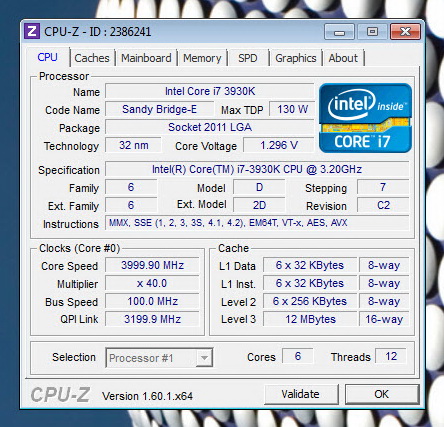

TESTING METHODOLOGY
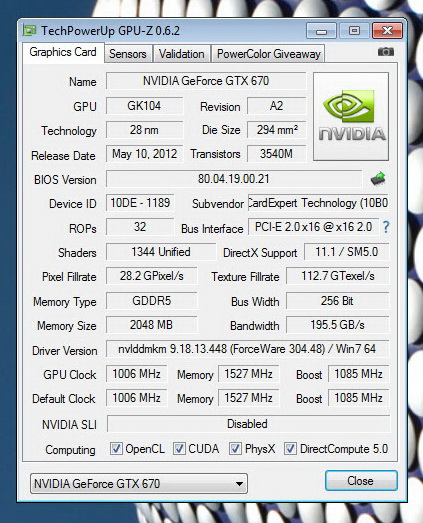
Just like in the past launch reviews is not something i prefer to do for a variety of reasons and i don't think that will change, not anytime soon. Also i always try to perform all tests with the latest possible drivers (even beta ones), however due to time issues and also because some older models are no longer in our hands this is not possible so once again both the card and the driver used to benchmark it (when it was available) will be noted in this section. Also take into consideration that all tests were done with the default driver settings in both the Catalyst Control Panel and the NVIDIA Control Panel (power management modes are set to maximum performance) to make things fair and square.
Gainward GeForce GTX 670 Phantom 2GB - GeForce 304.48 Beta
HIS Radeon HD 7850 iCooler 2GB - Catalyst 12.3
HIS Radeon HD 7770 iCooler 1GB - Catalyst 12.3
Gainward GeForce GTX 590 3GB - GeForce 301.24 Beta
Once again the screen used for all the benchmarks is our primary NEC 30" 3090WQXi LCD with a maximum resolution of 2560x1600. Unlike in the past and since quite a few of you asked instead of having multiple different settings and just 2 resolutions we decided to have a total of 3 resolutions (2560X1600, 1920X1200, 1680X105) and a single quality setting (4xAnti Aliasing) to make it easier to pinpoint the differences between cards (more FPS, easier to see). We also changed our game lineup and so this time over we will be using Aliens VS Predator, Crysis 2, Battlefield 3, Alan Wake, Hard Reset and The Elder Scrolls V Skyrim. For these benchmarks we maxed out the graphics settings of each game and also updated them to their latest versions. All tests were repeated 3 times and in a fresh Windows 7 Ultimate Service Pack 1 64Bit installation on an OCZ RevoDrive 3 240GB SSD. As usual all tests took place in a room with a controlled ambient temperature of 23 degrees Celsius, the temperatures of the cards were recorded using AIDA64 (former Everest Ultimate by Lavalys) and GPU-Z while the noise levels were recorded using our ExTech HD600 dBA meter from a distance of no more than 5-10cm away.
TEST RESULTS - ALIENS VERSUS PREDATOR
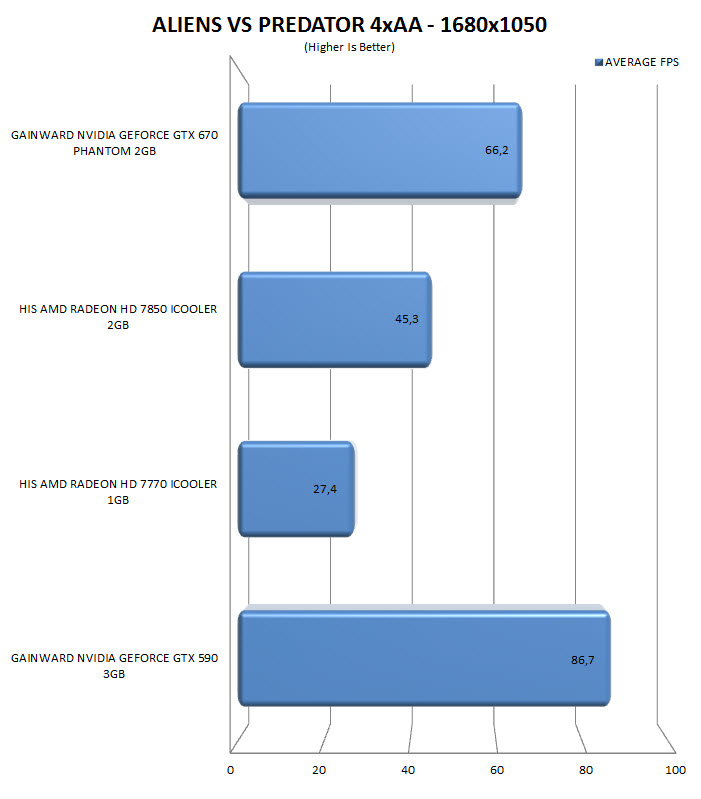
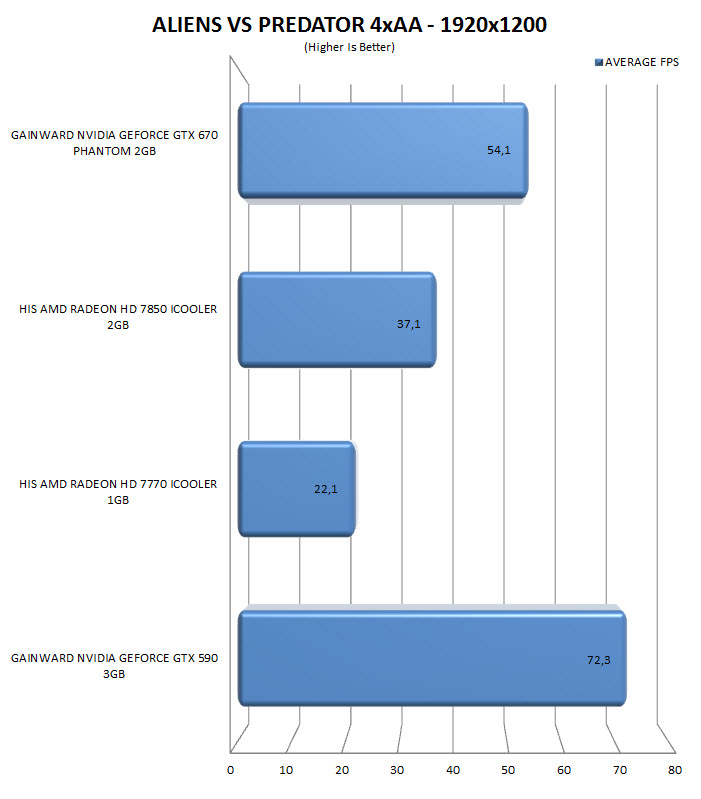
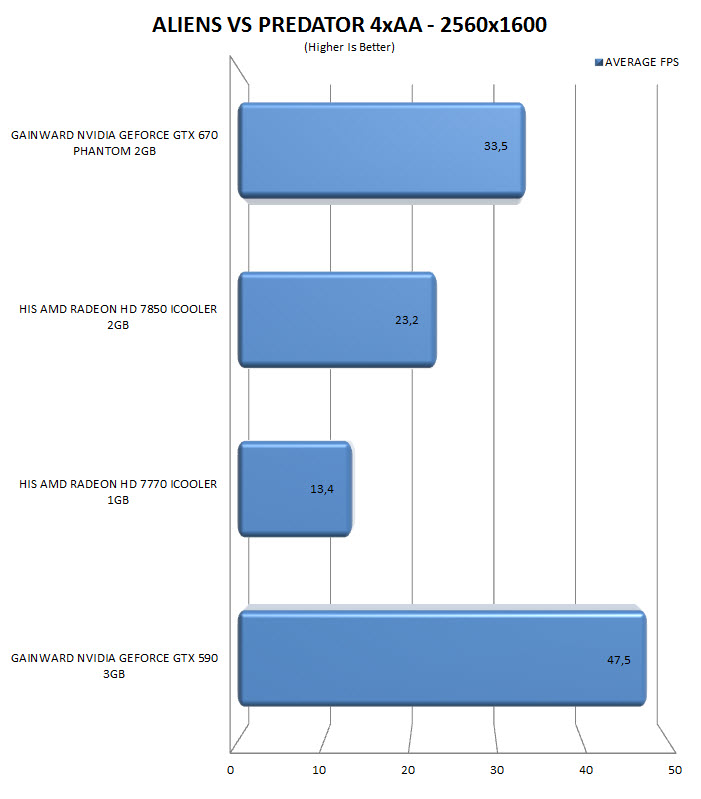
TEST RESULTS - CRYSIS 2
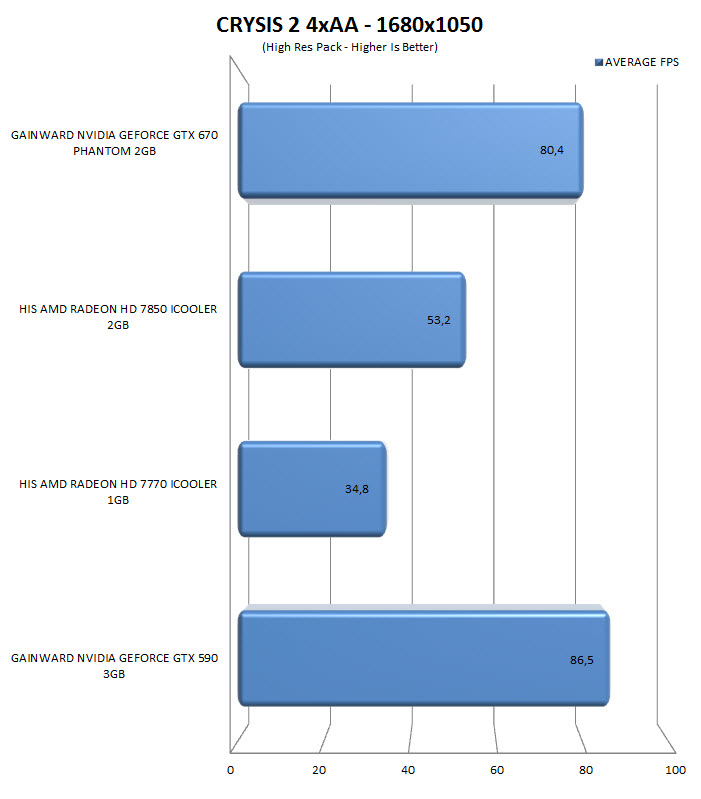
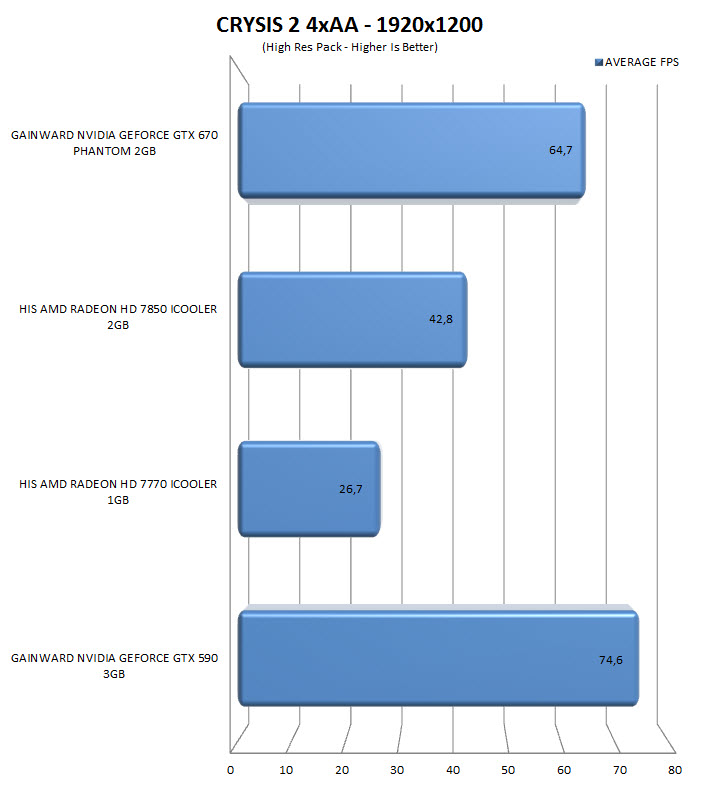
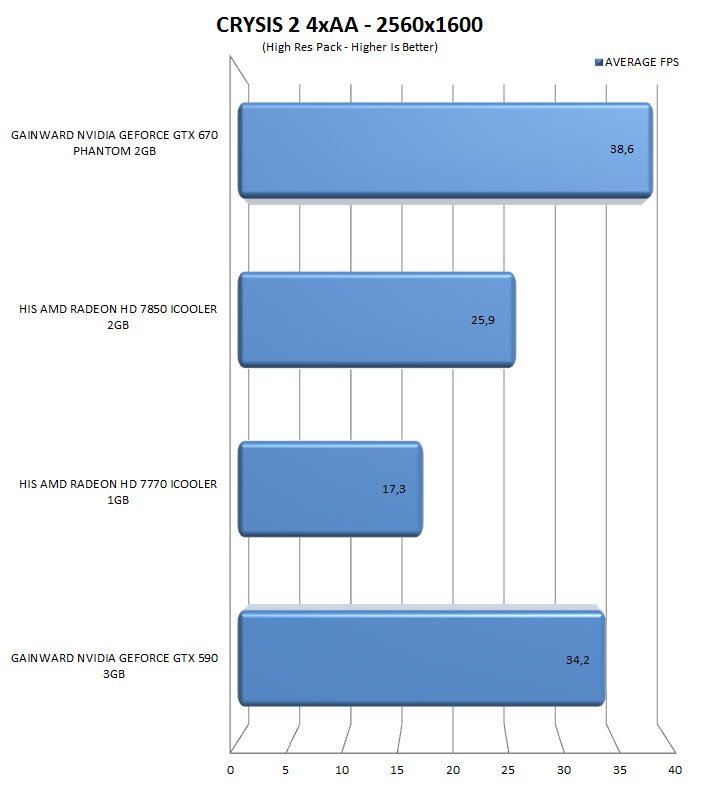
TEST RESULTS - BATTLEFIELD 3
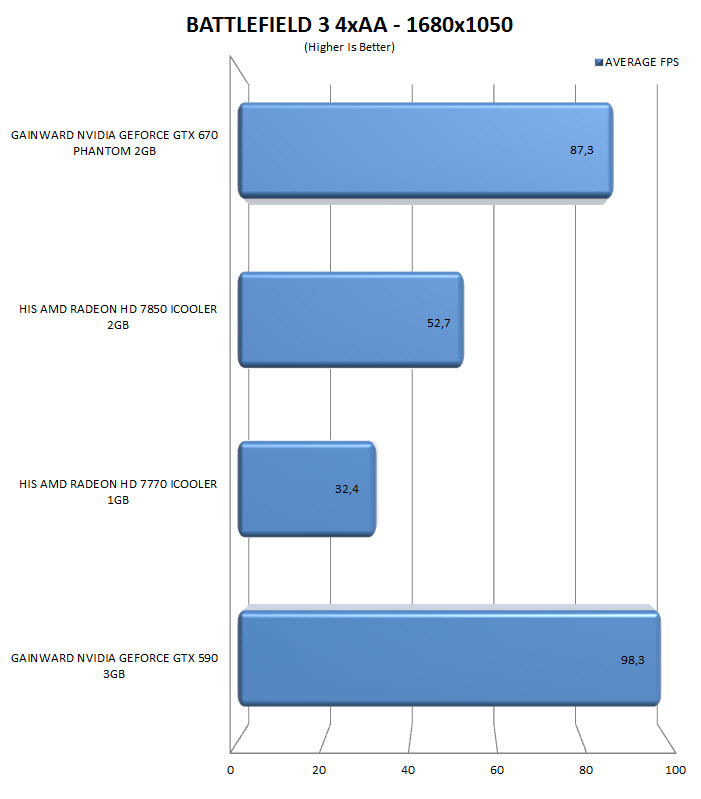
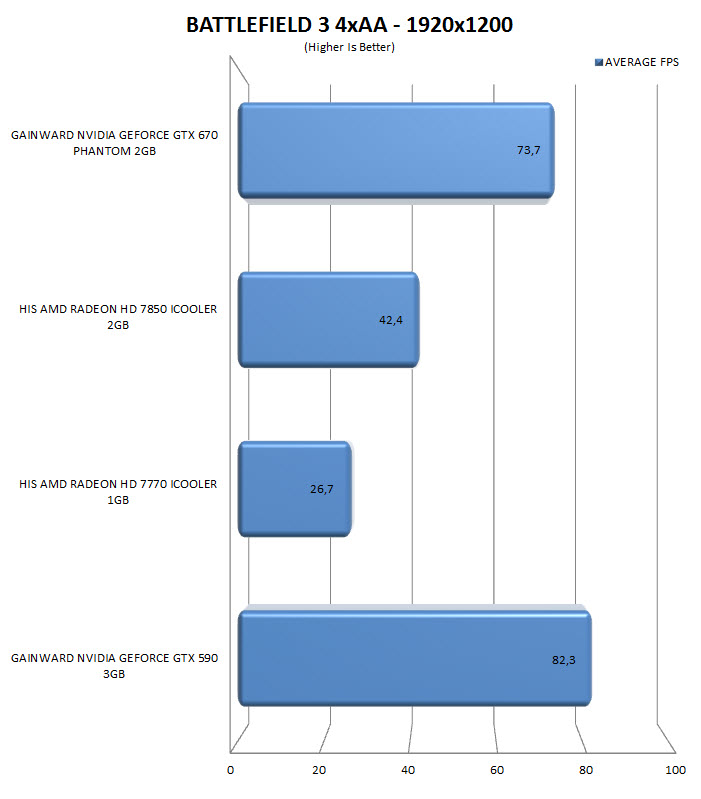
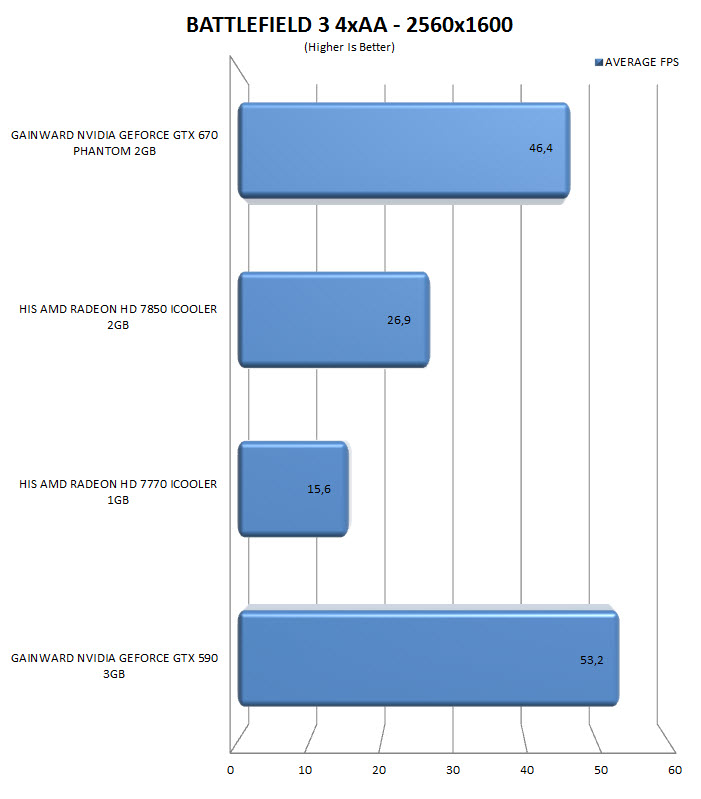
TEST RESULTS - ALAN WAKE
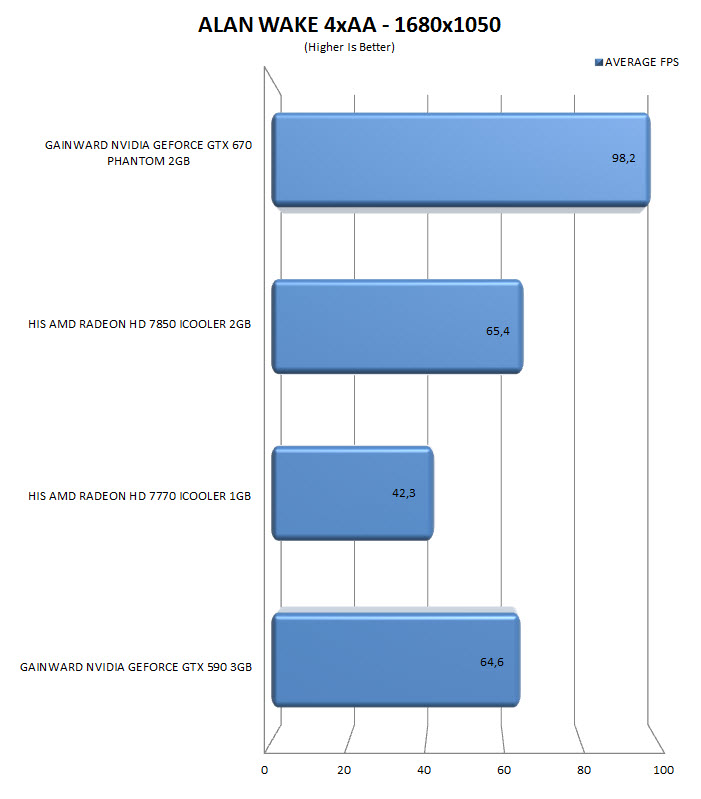
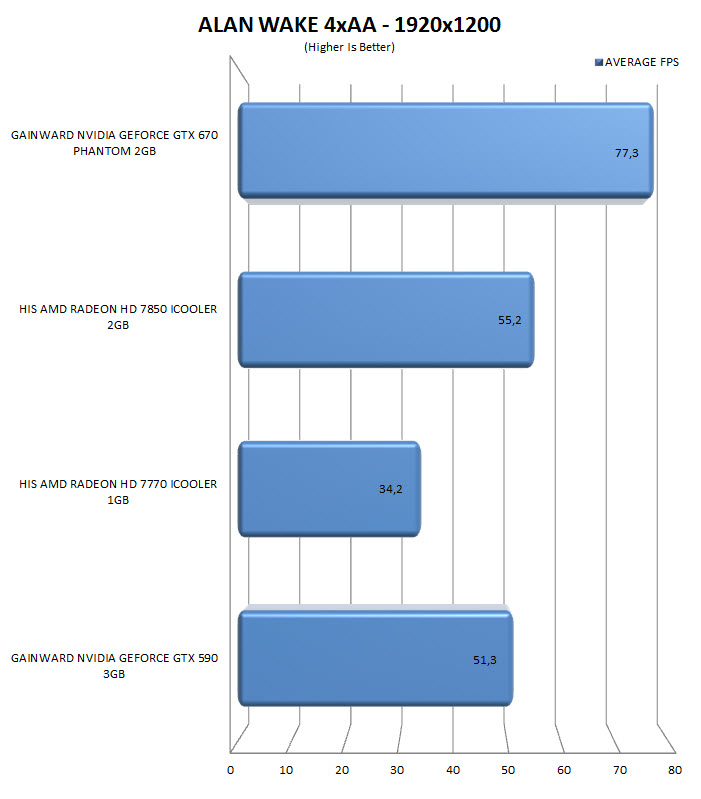
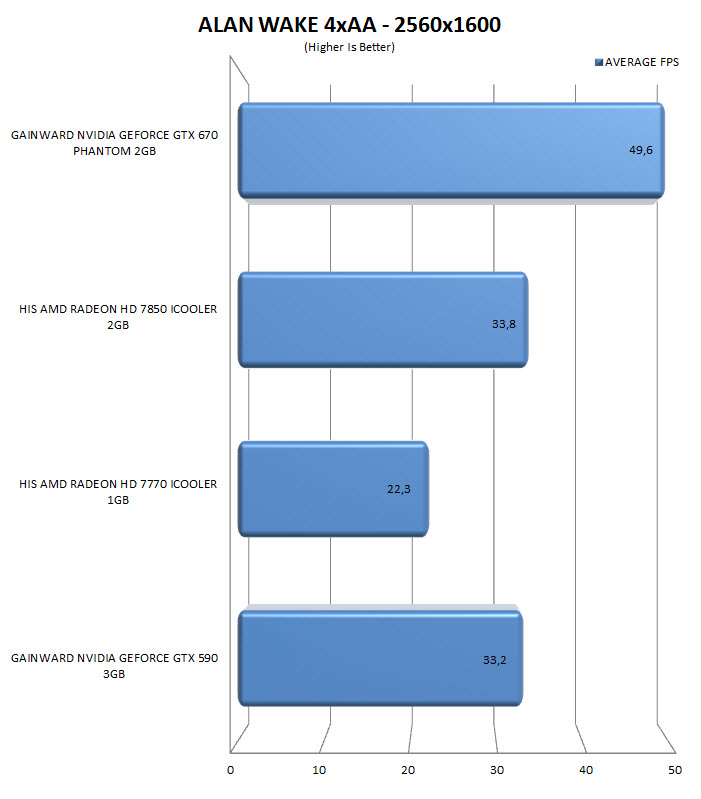
TEST RESULTS - HARD RESET
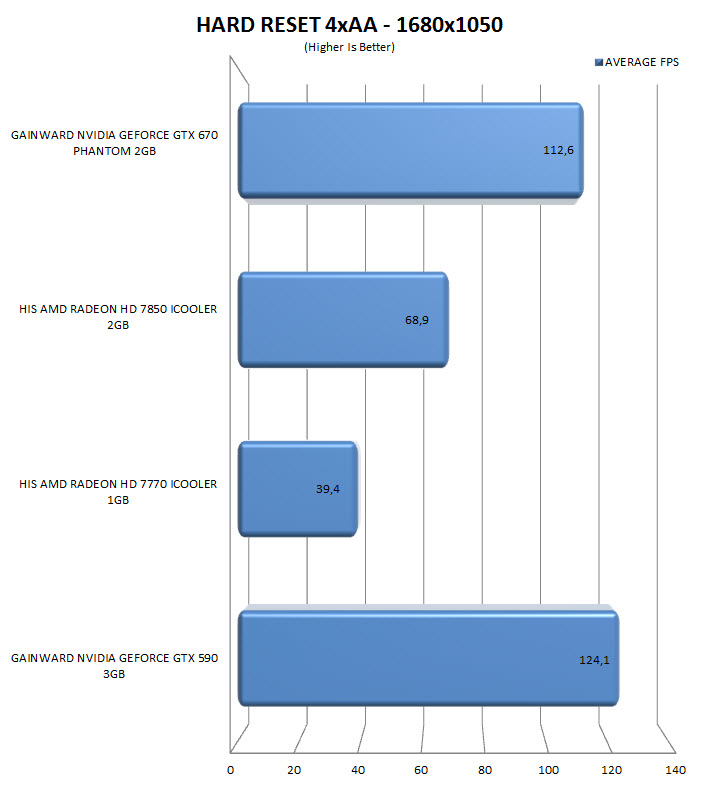
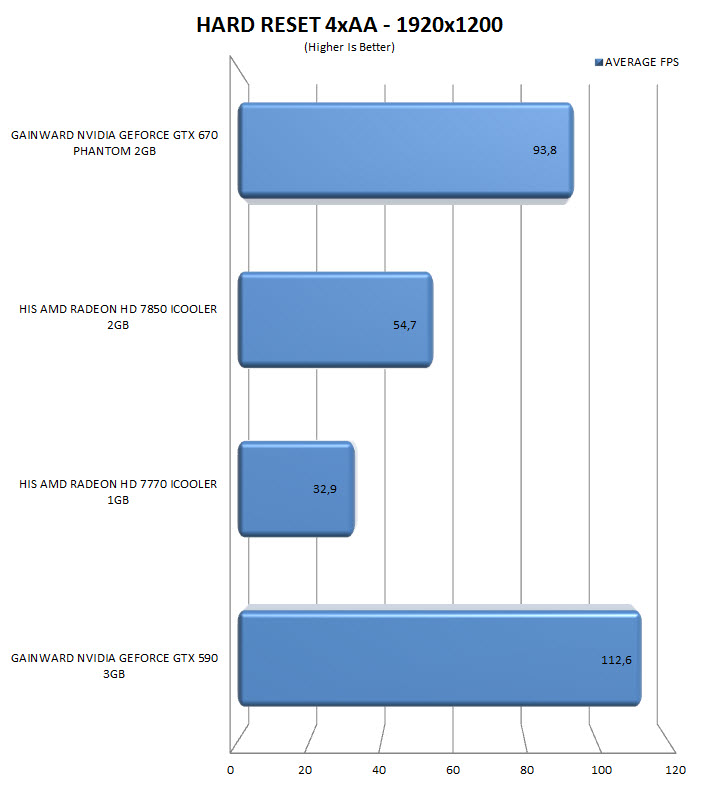
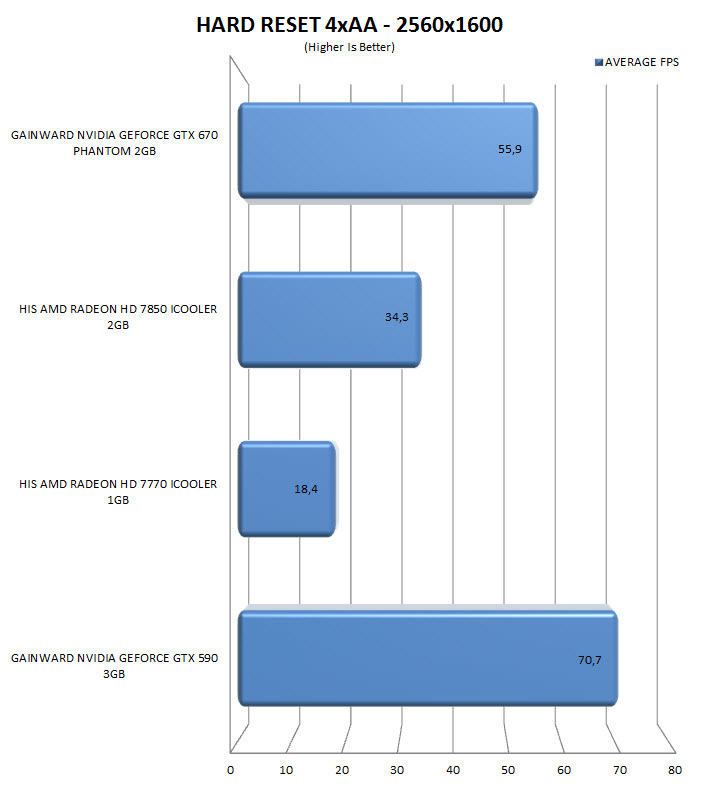
TEST RESULTS - THE ELDER SCROLLS V SKYRIM
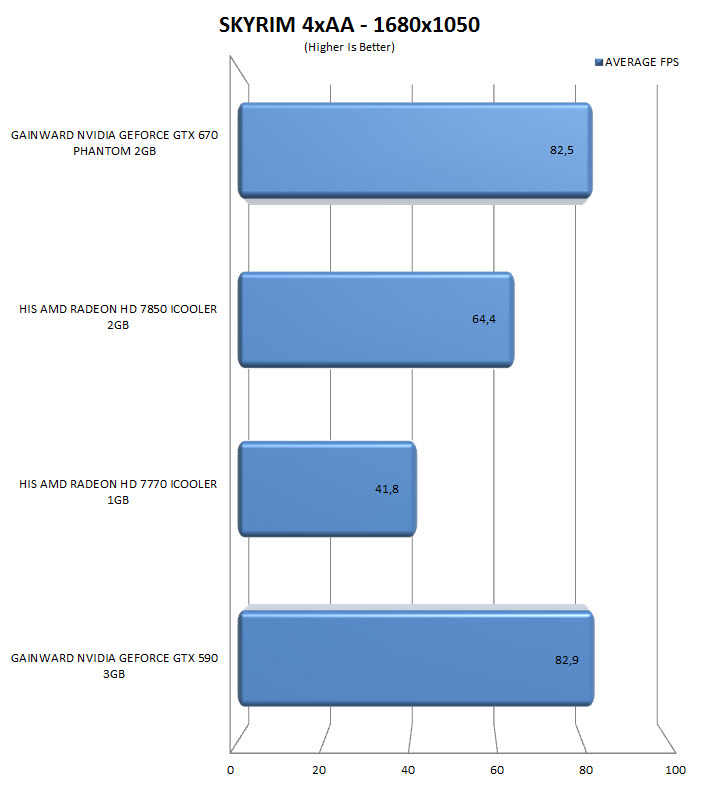
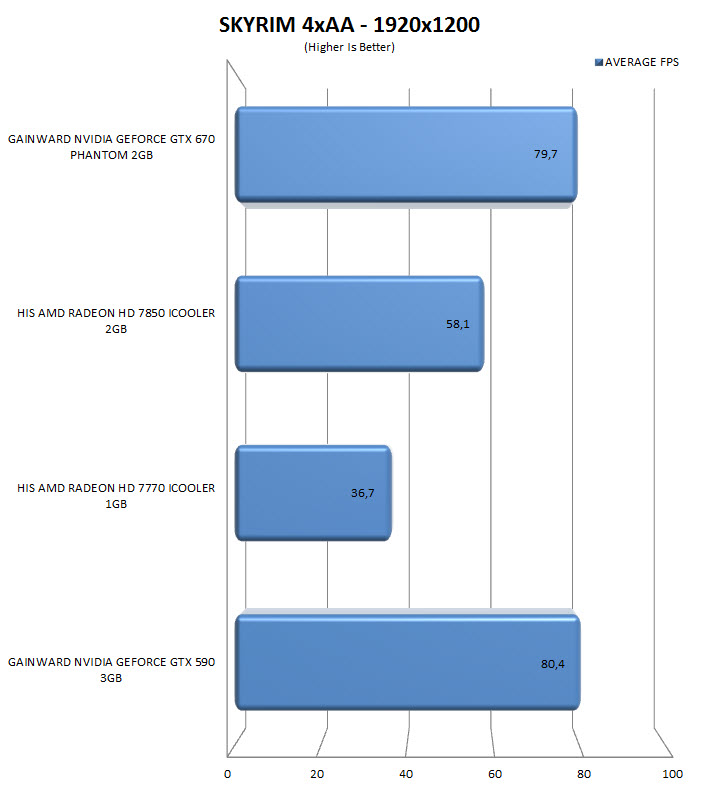
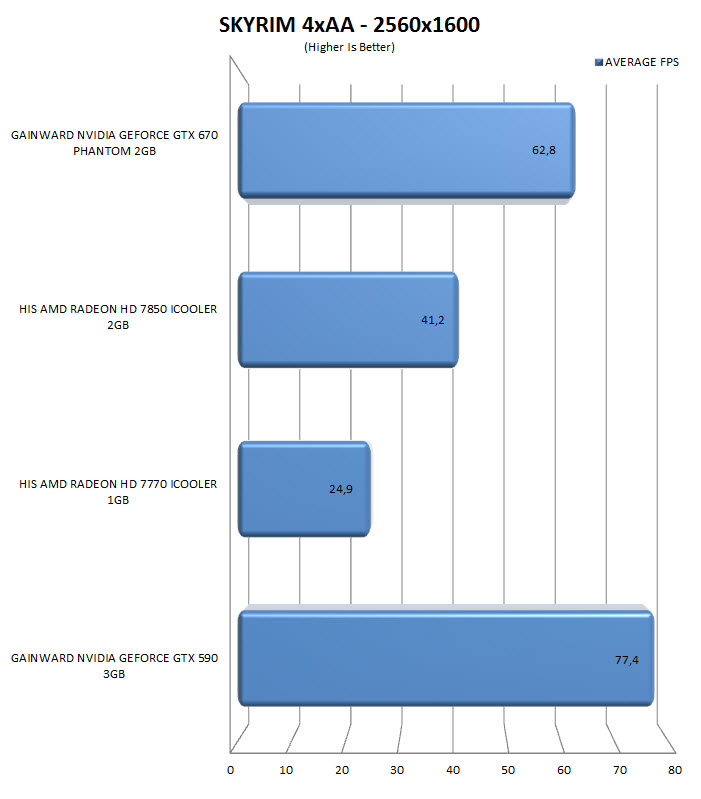
TEST RESULTS - TEMPERATURES / NOISE LEVELS / POWER CONSUMPTION



TEST RESULTS - OVERCLOCKING
Gainward bundles their latest Expertool II overclocking software which allows you to adjust the cards clocks, backup the BIOS, adjust the speed of the fans manually and create up to 5 different profiles.
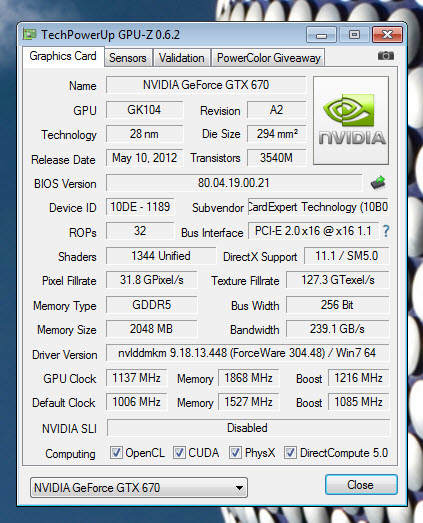
By using the Expertool II we managed to increase the core clock by 131MHz and the memory clocks by 341MHz.
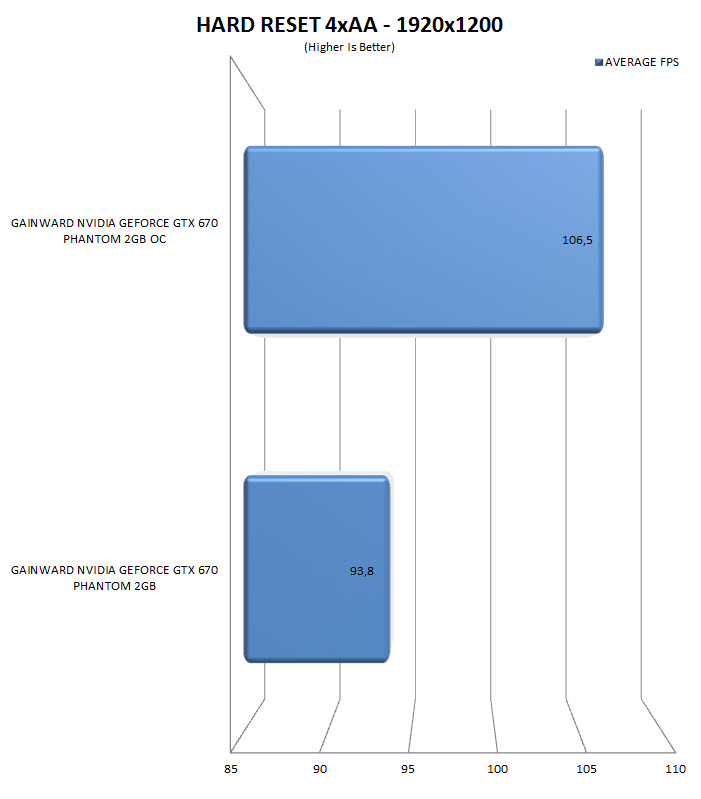
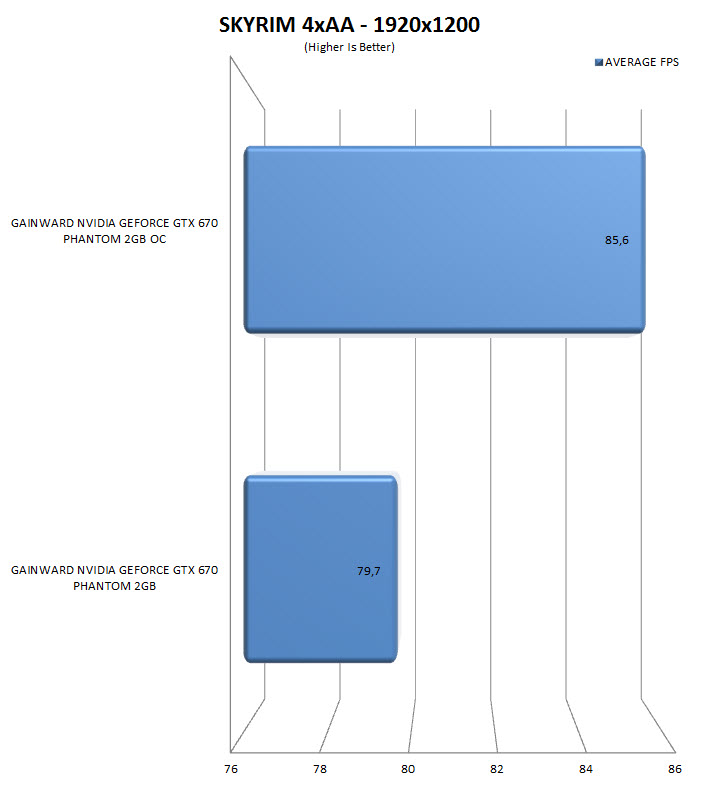 This translated to an overall 10% performance increase in both games we benchmarked it with.
This translated to an overall 10% performance increase in both games we benchmarked it with.
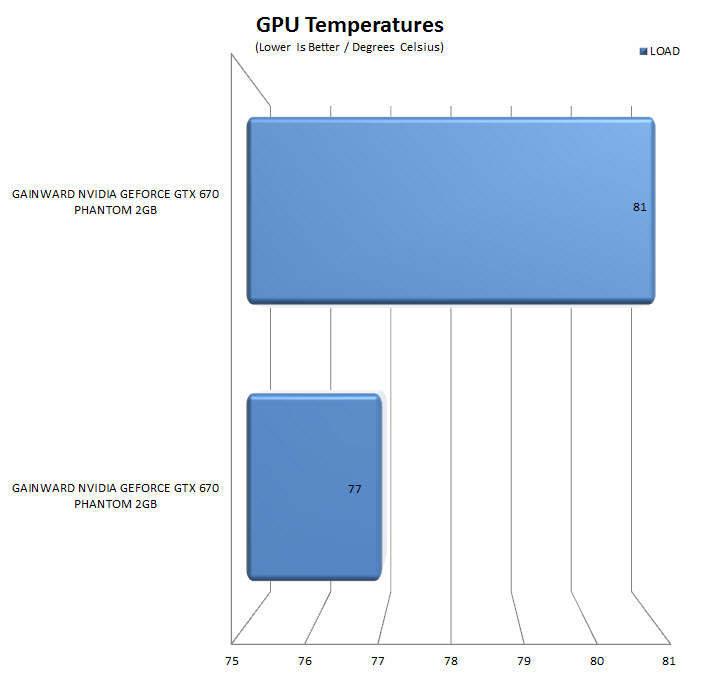
Fortunately although we did achieve a good overclock the temperatures of the card didn't increase much.
CONCLUSION
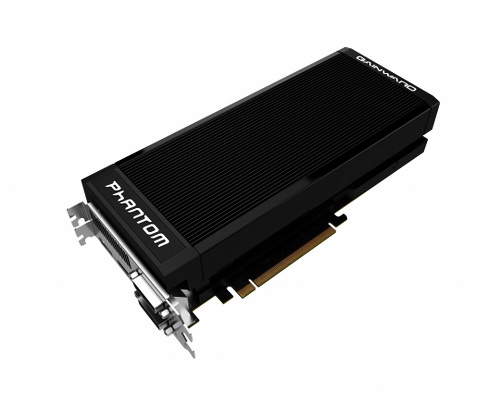
Since i have yet to start testing on the GeForce GTX 680 Phantom i can't really comment on how well the GTX 670 Phantom stands against it but what i can say judging from the normal 680's i checked some time ago is that the GTX 670 Phantom 2GB is just as good (at least compared with the performance numbers i got from those 680's with the first driver release). That being said the GTX 680 Phantom also comes ready with a factory overclock so naturally it should perform quite better compared to the reference models. Getting back to the GTX 670 Phantom 2GB i really can't add anything since the charts speak for themselves and seeing a single core card getting really close to the mGPU GTX 590 is not a small feat. Add the low overall power consumption, low noise levels and low temperatures and you've got one of the best cards in the market today. The only issue i can think of is that the Phantom version uses almost 3 full slots (compared to the 2 of the reference models) and that was something i personally didn't like much and I’m sure others will feel the same way. Still if you want the extras of the Phantom version (factory OC, low noise & temperature levels) you will just need to make a small compromise.
As we speak the GeForce GTX 670 Phantom 2GB by Gainward retails for around 400Euros inside the EU (Amazon/Caseking) and much like with most of the latest Gainward products it's unfortunately not available in the USA. Overall the Gainward GeForce GTX 670 Phantom 2GB is an amazing card, true it may not be the most powerful out there (overshadowed by the 680/690 models) but aside offering very low noise and temperature levels it also offers an excellent price/performance ratio which is what most gamers are looking for in any graphics card. Bottom line if you're looking to buy a new card then really look no further, the Gainward GeForce GTX 670 Phantom 2GB has you covered in every aspect (unless of course you can afford the GTX 680 Phantom) and that's why it gets our Platinum award.

PROS
- Build Quality
- Design
- Excellent Performance
- Factory OC
- Almost Inaudible
- Power Consumption
- Temperatures
- Video Outputs
- PCIex 3.0 & DX 11.1 Compatible
- OC Headroom
- Price/Performance Ratio
CONS
- 3 Slot Solution

 O-Sense
O-Sense

.jpg)



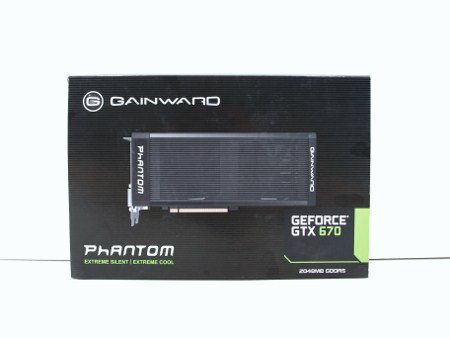
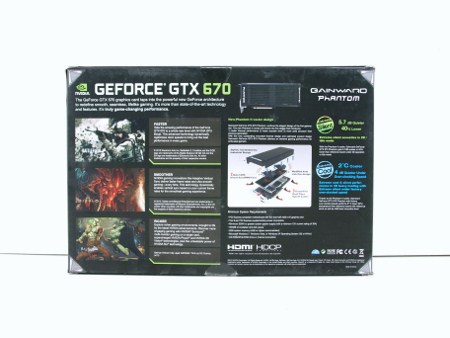
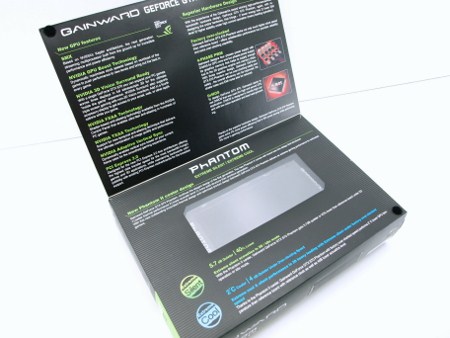
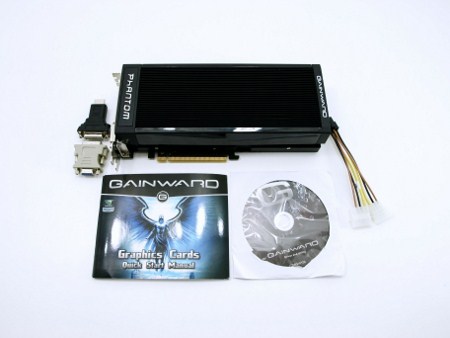
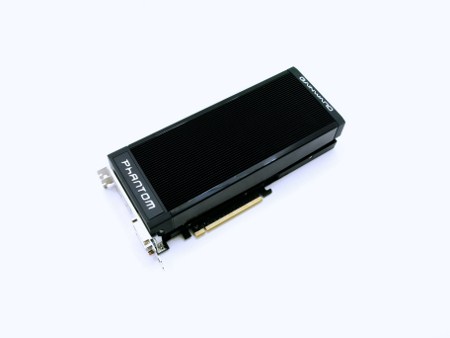
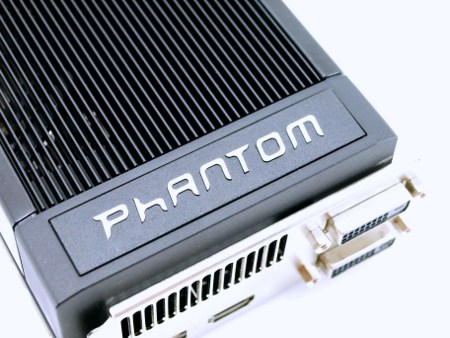
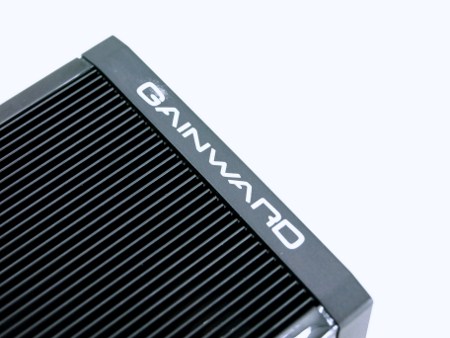
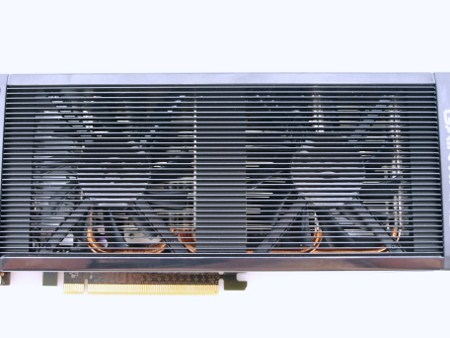
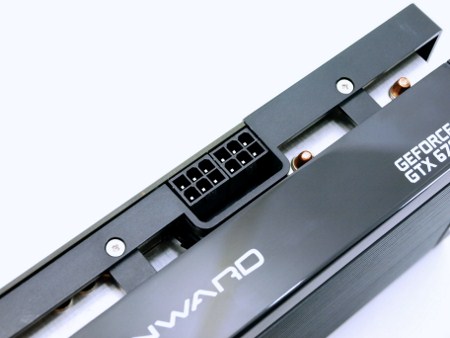
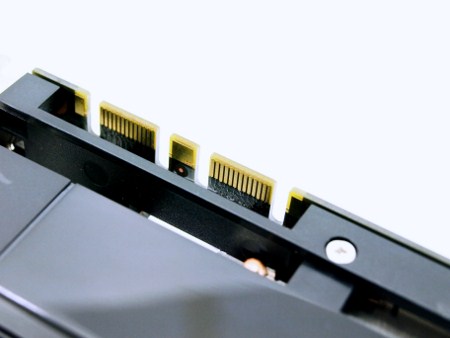
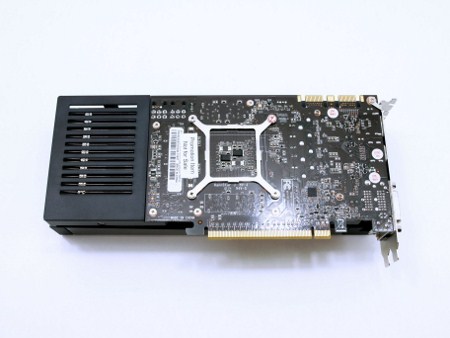
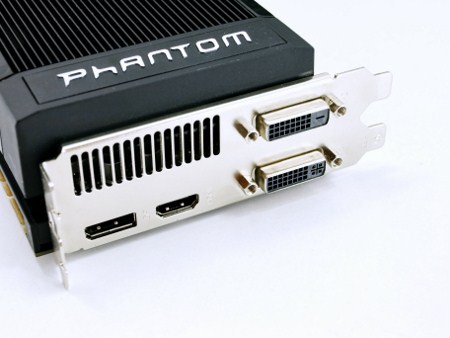
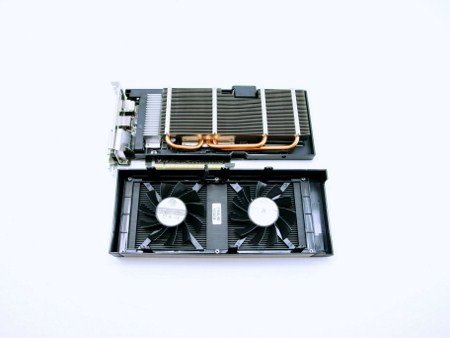
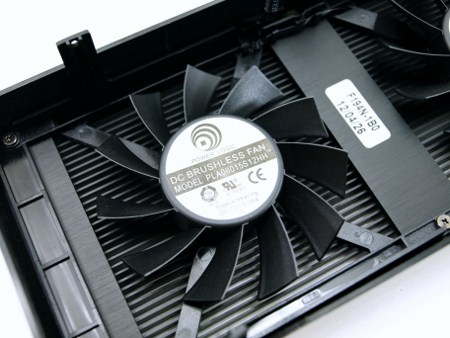
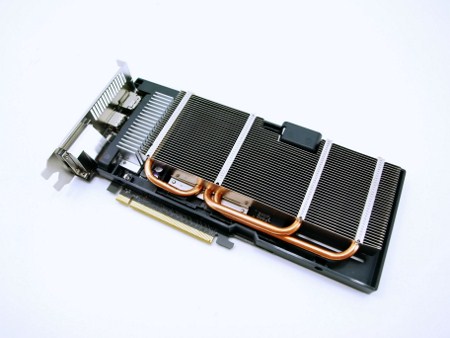
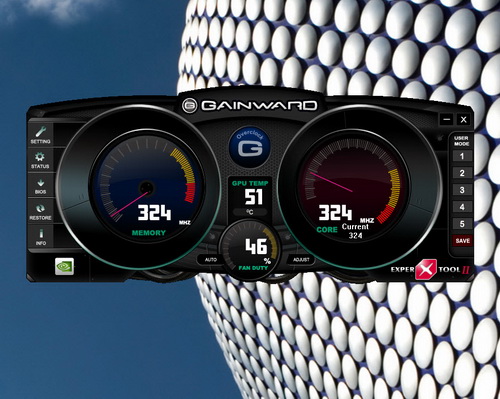
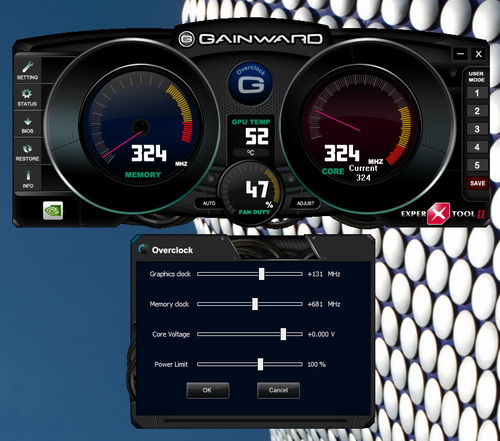


.png)

